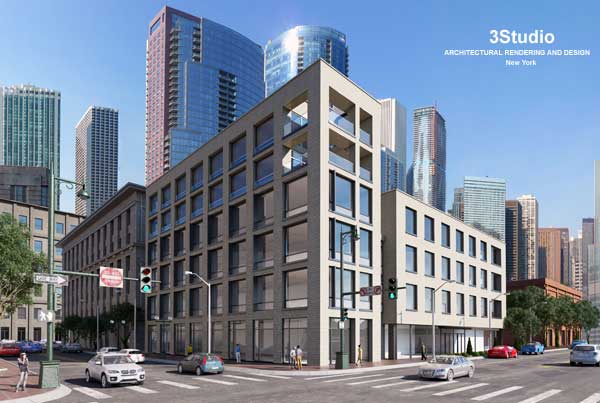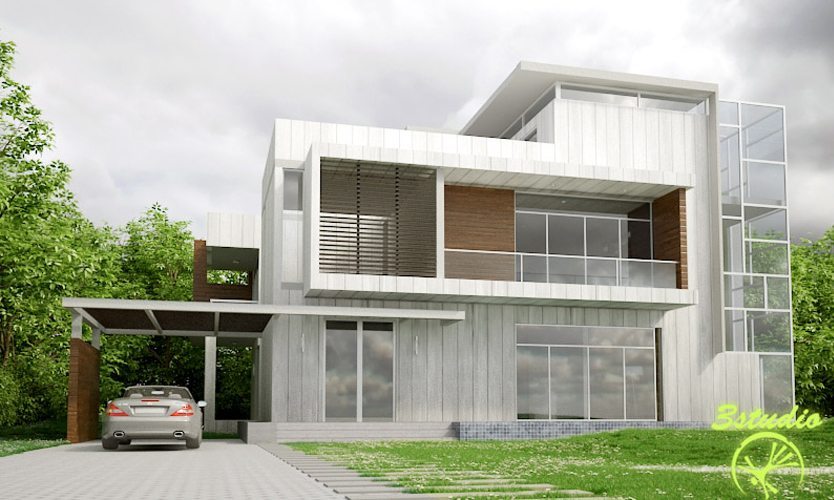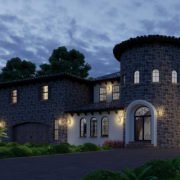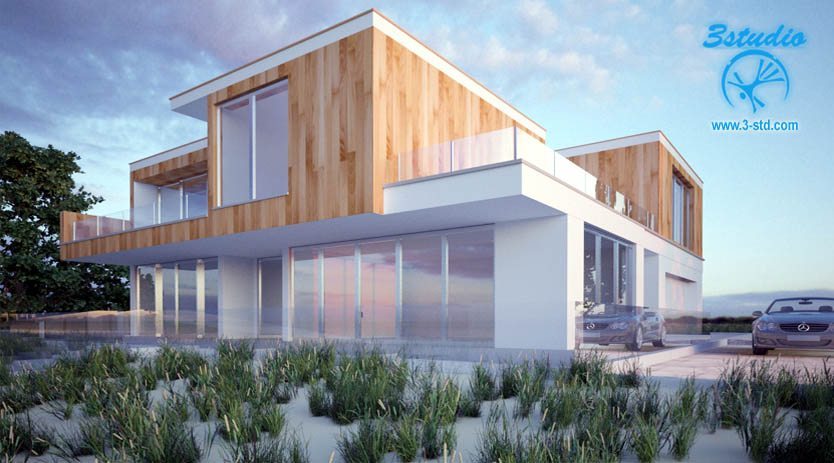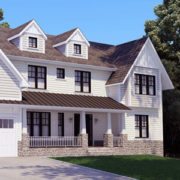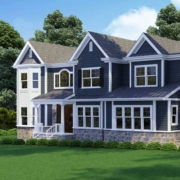Architectural Visualization
Architectural visualization is the practice of creating digital representations of buildings, interiors, or urban environments before they are actually built. This field combines art and technology to produce images, animations, or virtual reality experiences that help architects, designers, clients, and the public visualize a space or structure.
The process of architectural visualization typically involves the following steps:
1. Conceptualization: The designer or architect will provide initial ideas, sketches, or plans for the structure or space that needs to be visualized.
2. Modeling: Using specialized 3D modeling software like Autodesk 3ds Max, SketchUp, Blender, or Revit, a digital model of the building or space is created. This model includes geometry for walls, windows, doors, and other architectural elements.
3. Texturing and Materials: Applying textures and materials to the model provides realism. This includes specifying the appearance of surfaces, such as glass, concrete, wood, and metal.
4. Lighting: Proper lighting is crucial in architectural visualization. It can be used to enhance the mood, realism, and spatial qualities of the rendered scene. Both natural and artificial light sources are simulated.
5. Rendering: This is the process of generating the actual image from the model, where the computer calculates light interaction, shading, reflections, and other aspects based on the materials and lighting setup. Common rendering software includes V-Ray, Corona Renderer, and Unreal Engine.
6. Post-Processing: After rendering, the image may be further refined in image editing software such as Adobe Photoshop to adjust color balance, contrast, and brightness, and to add any final touches that enhance the visual presentation.
7. Presentation: The final images, animations, or interactive experiences are then presented to clients, stakeholders, or the public to communicate the design intent and to help in the decision-making process.
Architectural visualization can be used for a wide range of purposes, including:
– Presentations to clients or investors
– Marketing material for real estate
– Applications for planning permission
– Interior design planning
– Virtual tours for unbuilt spaces
– Enhancing public engagement and feedback
Advancements in technology have greatly expanded the possibilities within architectural visualization, incorporating tools like virtual reality (VR), augmented reality (AR), and real-time rendering to create immersive and interactive experiences.
Architectural visualization has become ingrained in our everyday lives. Modern architectural projects are complicated and fancy. Their qualitative up-to-date realization is responsible for a company’s profit and many peoples’ lives.
It’s efficient to visualize both a little project of a house and a huge project (especially a plot plan of cottage communities, multilevel junctions, and new city districts), which will greatly develop the quality of the final result. 3D visualization intends for virtual graphic pictures’ creation using modern software. The image precisely resembles both a chart and a real conceptual design, because the programs can create all the details of the object with maximum accuracy.
Architectural visualization will help you to:
• take details of your project into account;
• look at the object from each side;
• detect strengths and weaknesses of a project;
• correct the project through 3D pre-visualization (correction of readymade projects).
No profitable project can be managed without preliminary 3D visualization in modern life. So, 3D service is accessible to anyone who wishes to use architectural visualization.
- How to add perspective to architectural projects with digital 3D rendering help - December 24, 2023
- 3D Architectural Walkthrough Animation Services New York - April 24, 2019
- 3D Rendering Services in San Francisco, California - March 12, 2019


